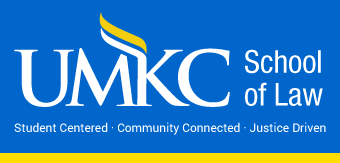Publication Date
10-2021
Document Type
Article
Abstract
Assignor estoppel is an equitable remedy that prohibits an assignor of a patent, or one in privity with an assignor, from attacking the validity of that patent when he is sued for infringement by the assignee. On June 29, 2021, the U.S. Supreme Court issued its decision in Minerva v. Hologic, holding that while AE remains a viable doctrine, the Federal Circuit has on many occasions, including the instant case, applied the doctrine in an overly expansive manner, particularly in cases where the patent claims at issue differ substantially from any patent claims that were in existence at the time of the assignment. This article begins with a brief history of AE, followed by an explanation of the doctrine as it currently exists, along with some relatively recent cases in which the doctrine was asserted in the context of biotechnology. The article then turns to Minerva, providing a summary of the factual and legal background leading up to the Supreme Courts grant of certiorari. A number of organizations, companies, and law school clinics filed amicus curiae briefs with the Supreme Court, and this article summarizes some of the arguments made by these amici, particularly with respect to the policy implications of AE and its scope of applicability The article then provides a summary of the Supreme Court’s sharply divided decision, followed by some concluding thoughts on the implications of Minerva for assignors and assignees.
Publication Title
Biotechnology Law Report
Volume
40
Issue
5
Recommended Citation
Christopher M. Holman,
In Minerva v. Hologic, the U.S. Supreme Court Reins in the Equitable Doctrine of Assignor Estoppel,
40
Biotechnology Law Report
294
(2021).
Available at:
https://irlaw.umkc.edu/faculty_works/224

